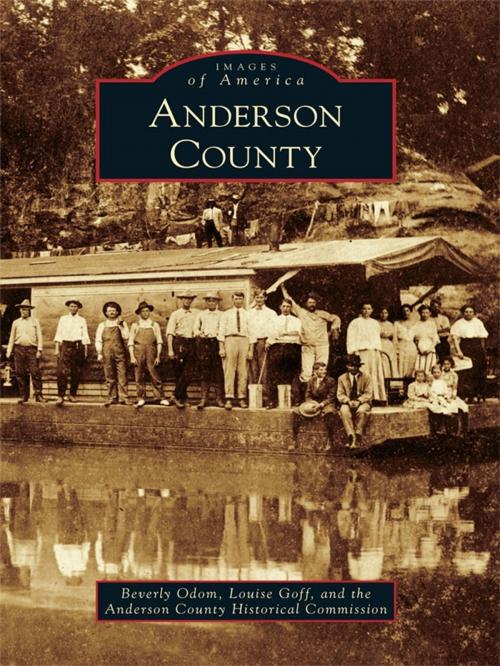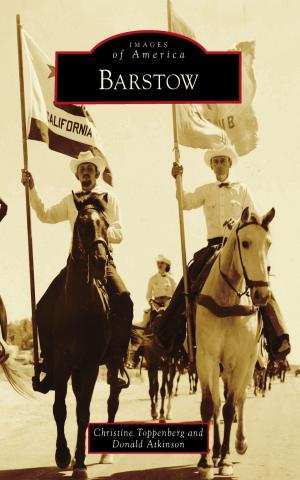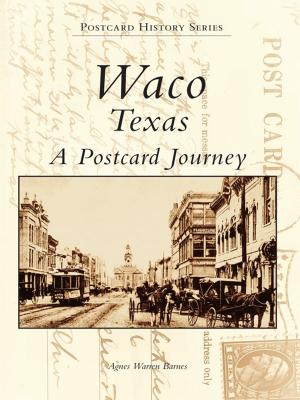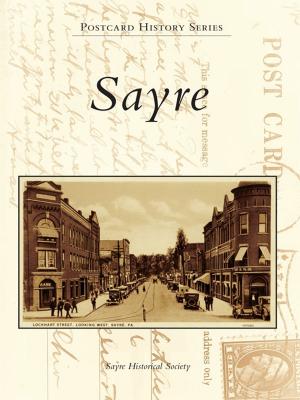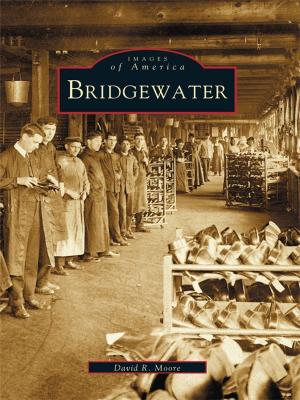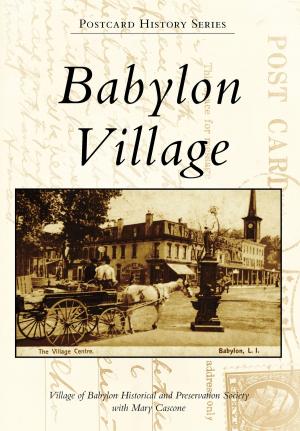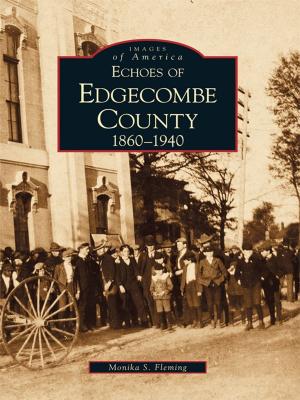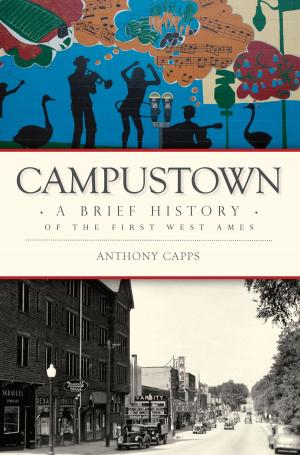| Author: | Beverly Odom, Anderson County Historical Commission | ISBN: | 9781439625996 |
| Publisher: | Arcadia Publishing Inc. | Publication: | August 23, 2010 |
| Imprint: | Arcadia Publishing | Language: | English |
| Author: | Beverly Odom, Anderson County Historical Commission |
| ISBN: | 9781439625996 |
| Publisher: | Arcadia Publishing Inc. |
| Publication: | August 23, 2010 |
| Imprint: | Arcadia Publishing |
| Language: | English |
From its roots in the unbroken wilderness of central East Texas, Anderson County has overcome many adversities to become the crossroads of East Texas. In the 1830s, rugged pioneers came to the fertile Trinity River Valley to carve out a place for themselves from the untamed country. These pioneers began a settlement along a stream about 10 miles east of the Trinity River in what would become Anderson County. Other families joined their effort, and Fort Houston was soon built in 1835�1836 to protect settlers from the dangers inherent to the wild frontier. Lost in the passage of time, many communities no longer exist. Today the principal towns are Palestine, Frankston, and Elkhart, but many other communities contribute to the quality of life across the county.
From its roots in the unbroken wilderness of central East Texas, Anderson County has overcome many adversities to become the crossroads of East Texas. In the 1830s, rugged pioneers came to the fertile Trinity River Valley to carve out a place for themselves from the untamed country. These pioneers began a settlement along a stream about 10 miles east of the Trinity River in what would become Anderson County. Other families joined their effort, and Fort Houston was soon built in 1835�1836 to protect settlers from the dangers inherent to the wild frontier. Lost in the passage of time, many communities no longer exist. Today the principal towns are Palestine, Frankston, and Elkhart, but many other communities contribute to the quality of life across the county.
